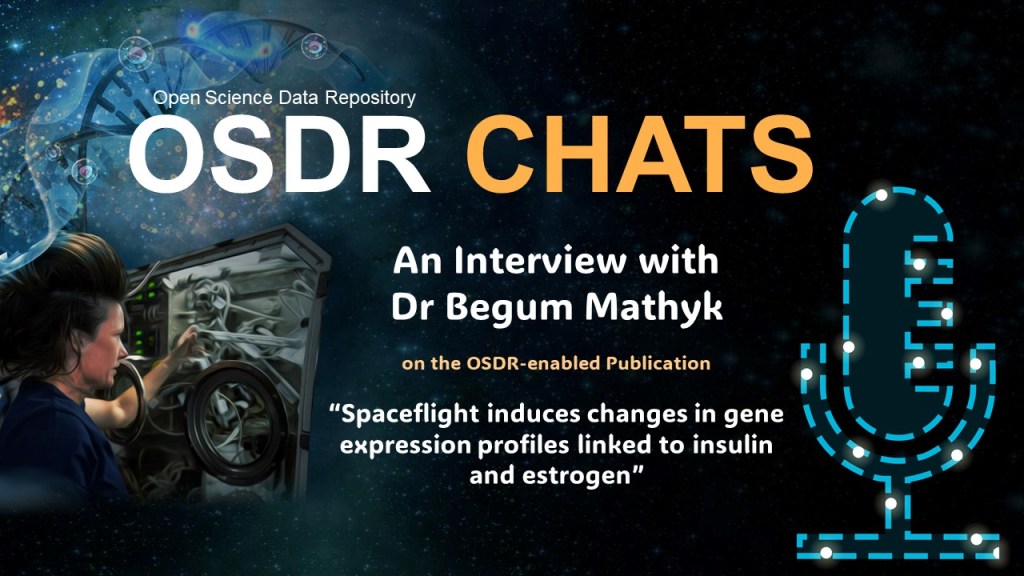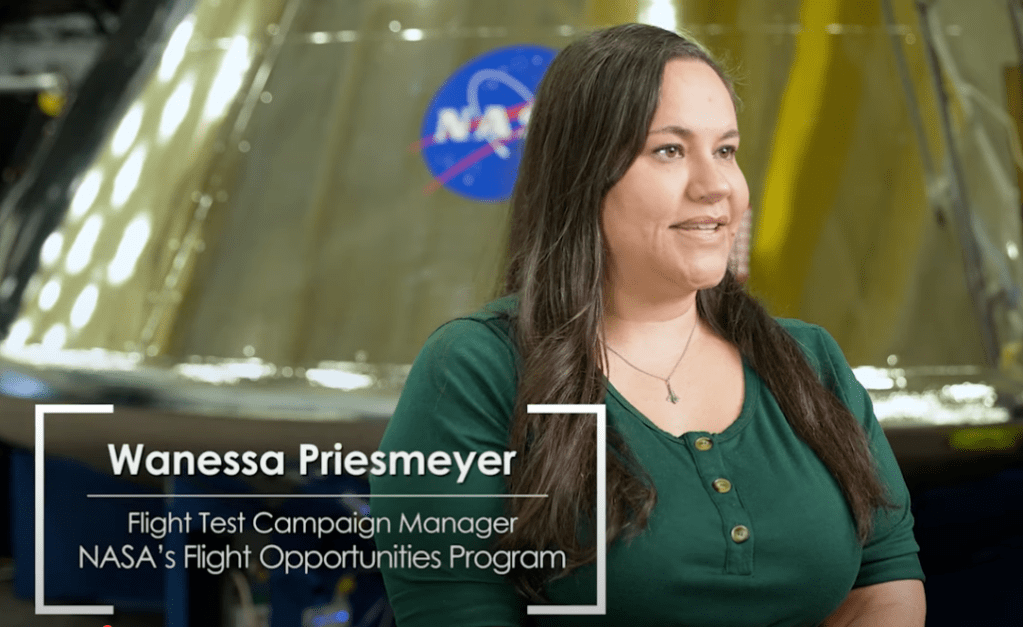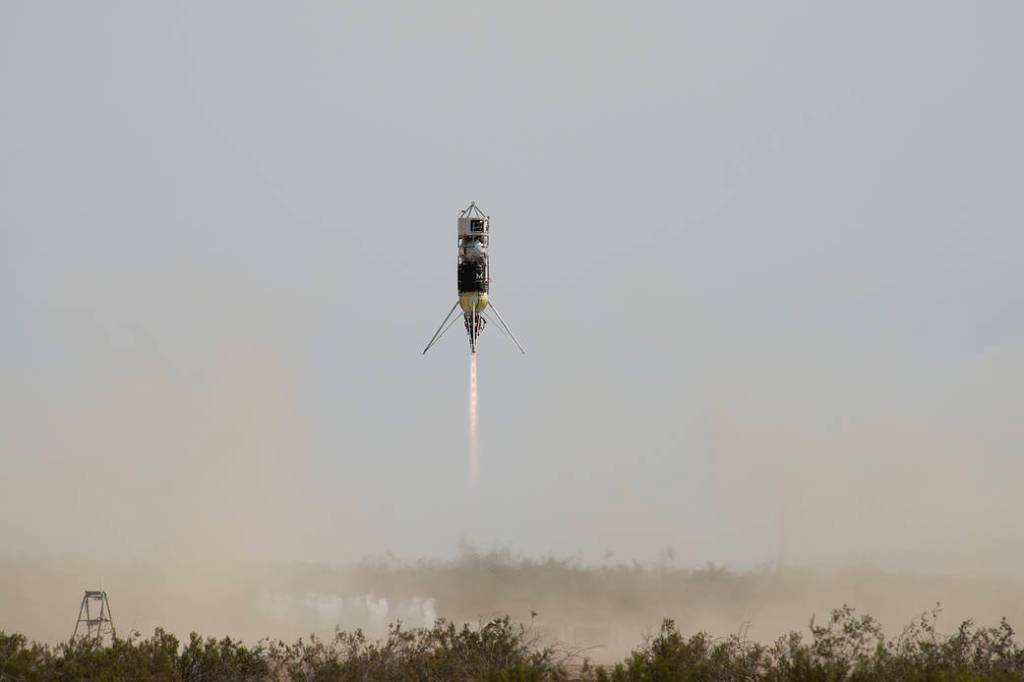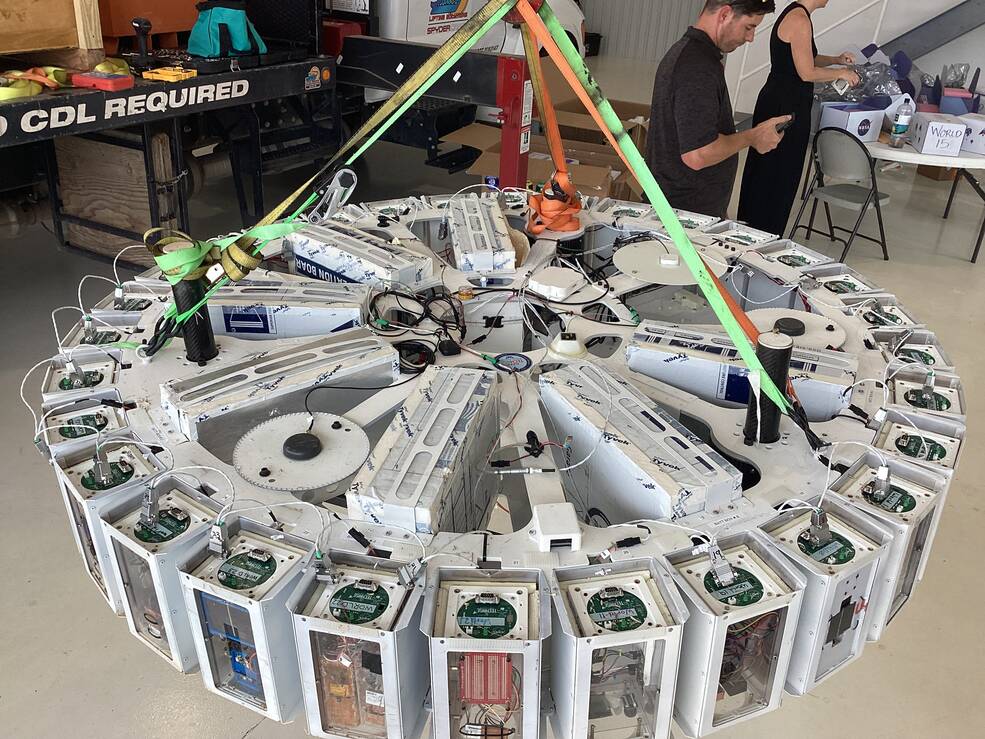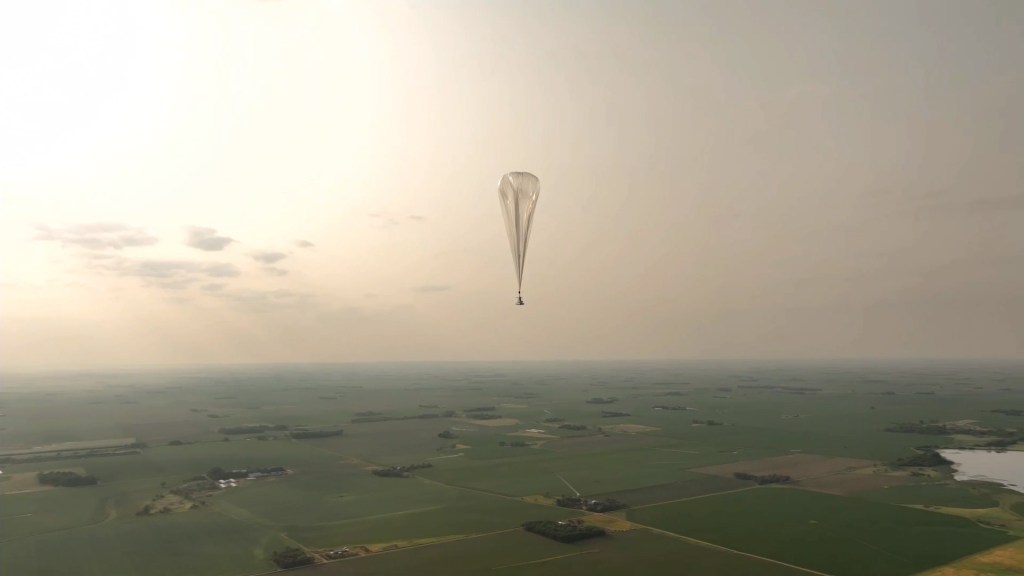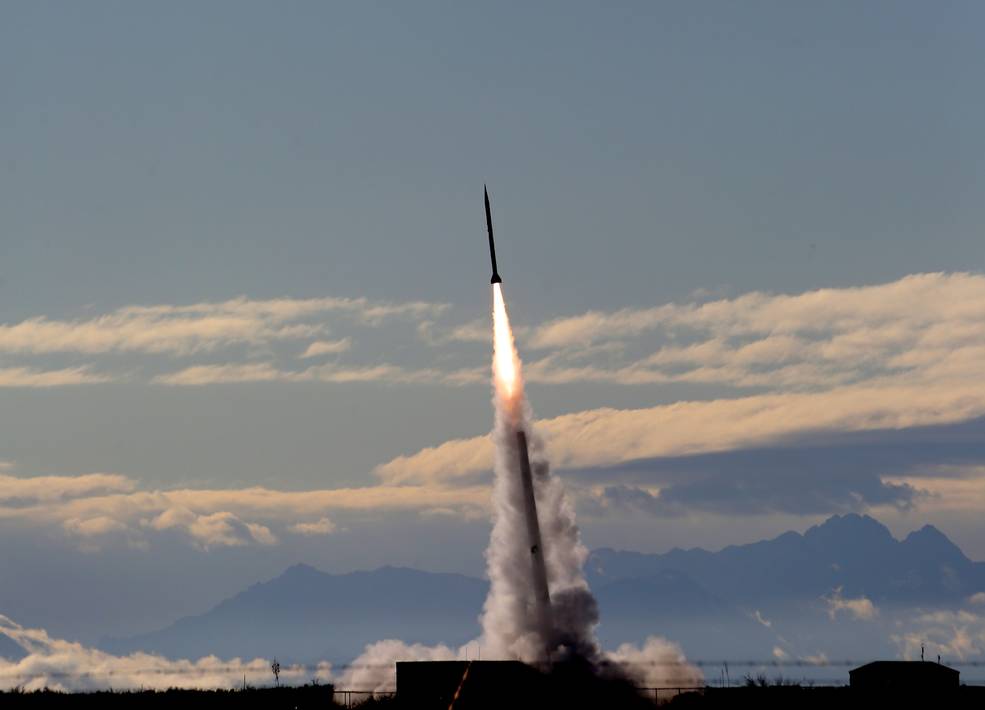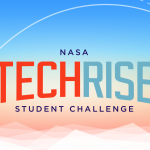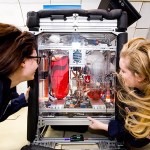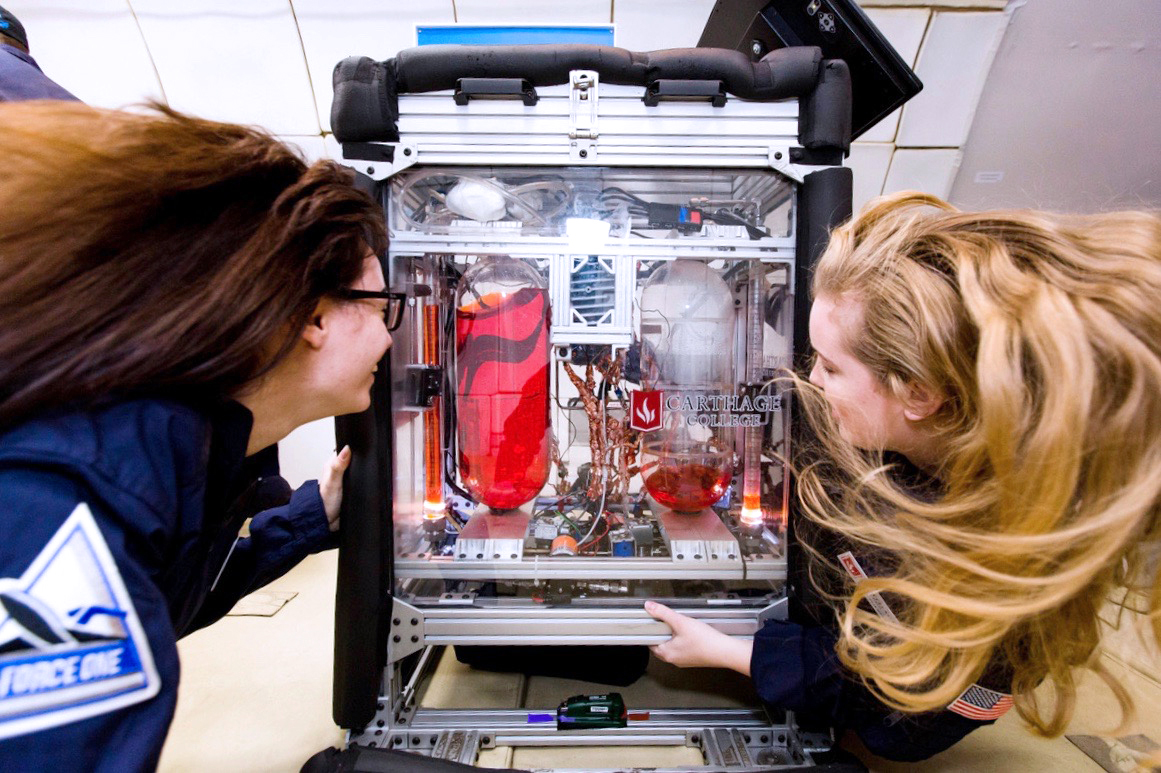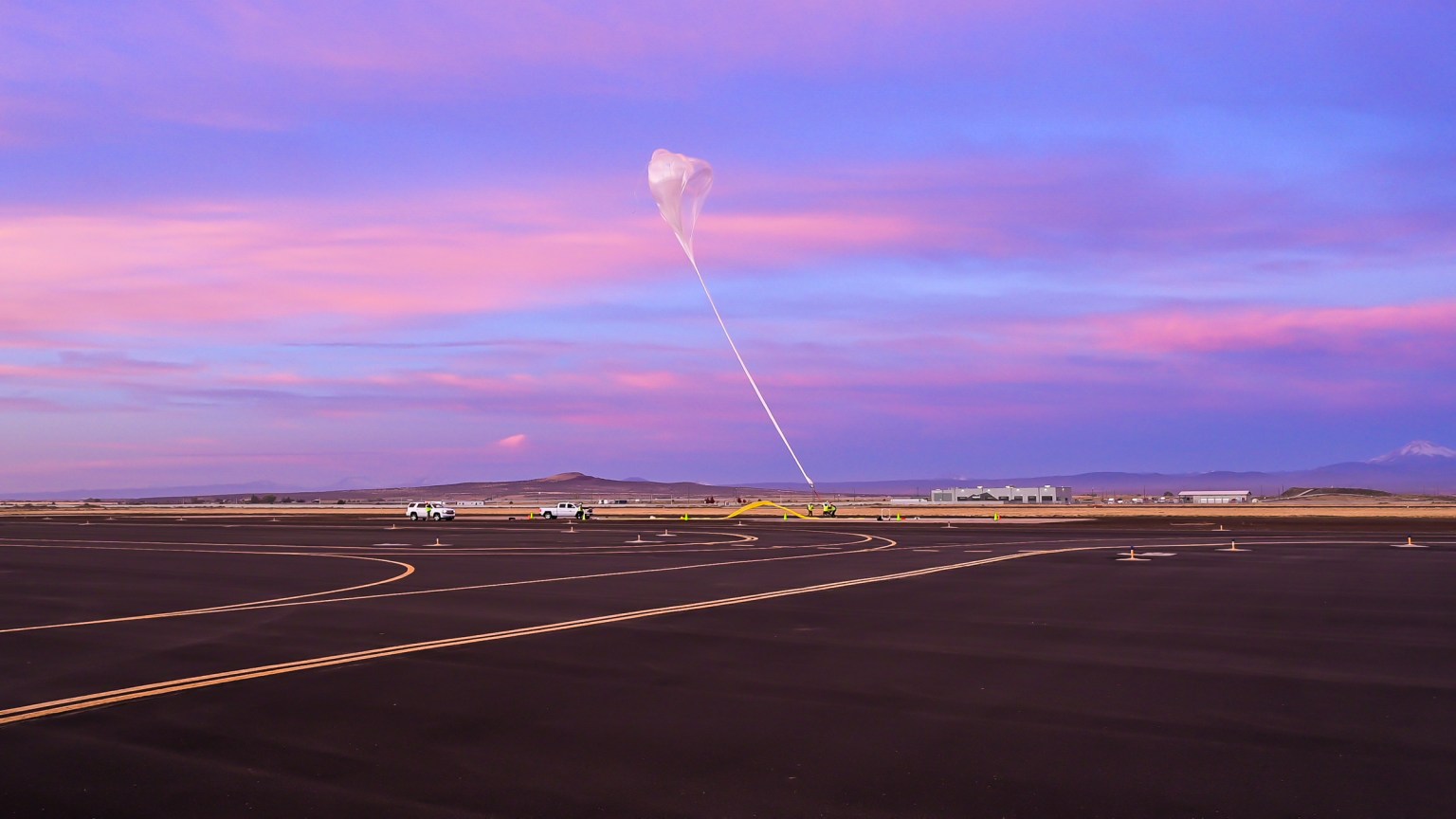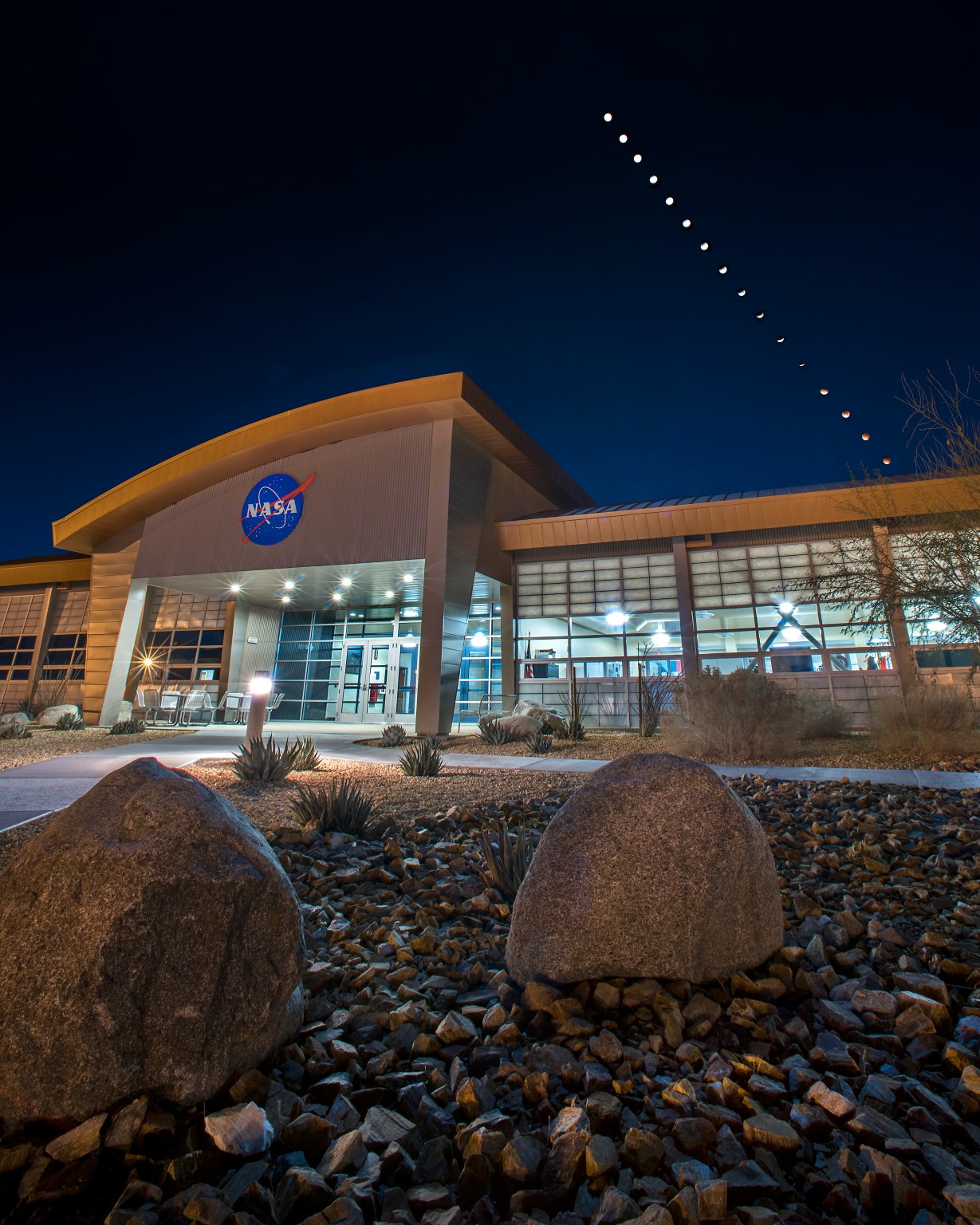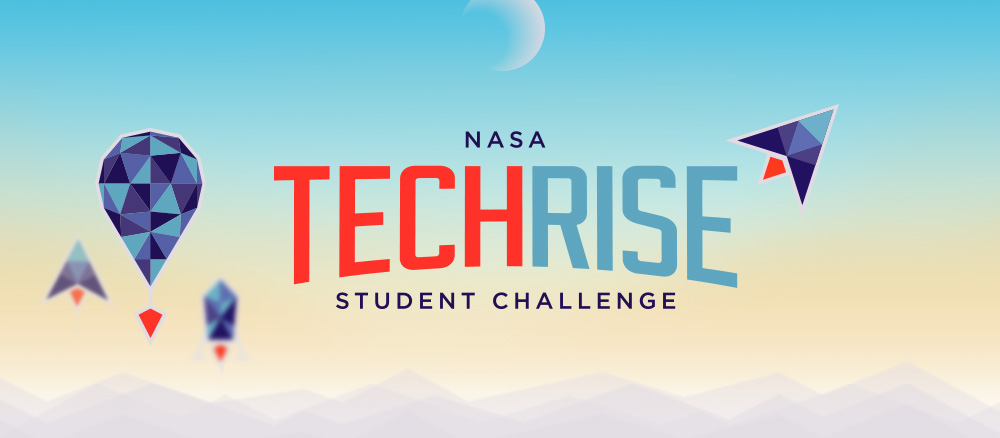
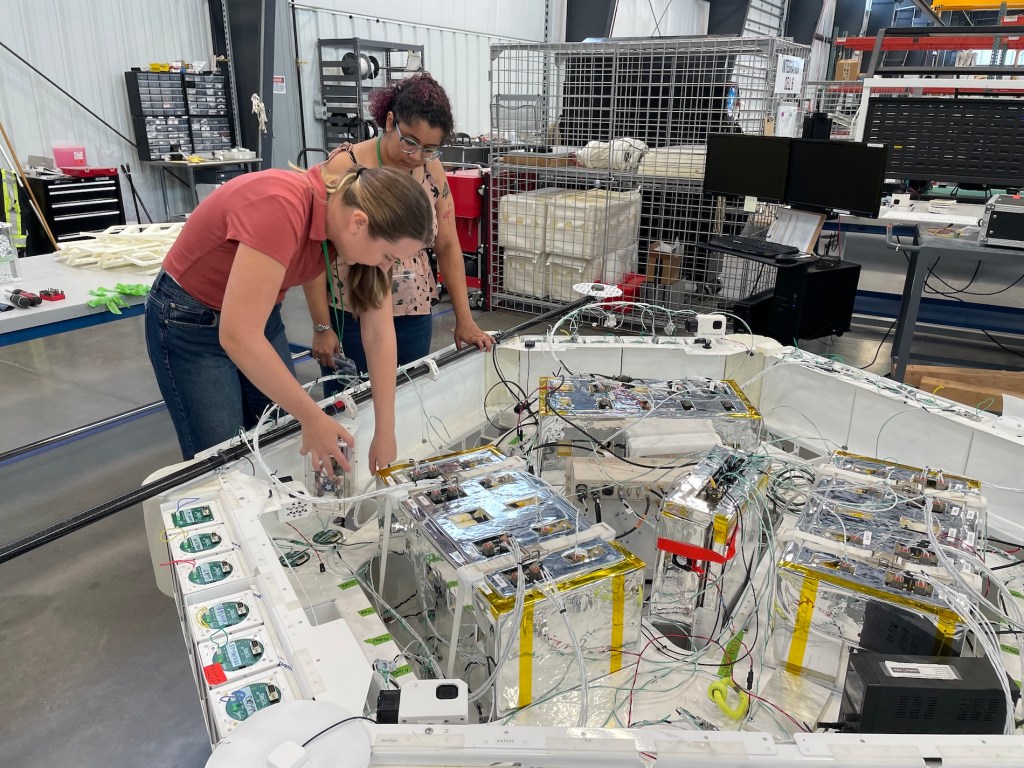

NASA TechRise Student Challenge
NEXT CHALLENGE EXPECTED TO OPEN AUGUST 2025
As part of its strategic investments in the growth of the U.S. commercial space industry, NASA’s Flight Opportunities program purchases flight testing services from its cadre of commercial providers for the NASA TechRise Student Challenge.
Under this nationwide contest, students in sixth to 12th grades attending a U.S. public, private, or charter school — including those in U.S. territories — team up with their schoolmates to design an experiment under the guidance of an educator. Teams submit ideas for experiments to fly on a NASA-sponsored commercial flight test aboard a suborbital flight vehicle. Competition winners receive $1,500 to build their payloads and no experience is necessary to join the NASA TechRise Challenge.
challenge status
2024–2025 flight test complete
Flight Test Platform
High-altitude balloon
Flight date
June 16, 2025
Flight provider
World View Enterprises
Developing a Nationwide Workforce | More about TechRise
Developing a Nationwide Workforce
The TechRise Challenge seeks to equip America’s future workforce with the skills needed to advance the U.S. aerospace economy. More than 530 students from 50 states and territories worked since January 2025 to turn their proposed science and technology experiments into reality, giving them real-world, hands-on experience with the same processes that professional researchers follow.
Read about the winning teams and their experiments about Developing a Nationwide Workforce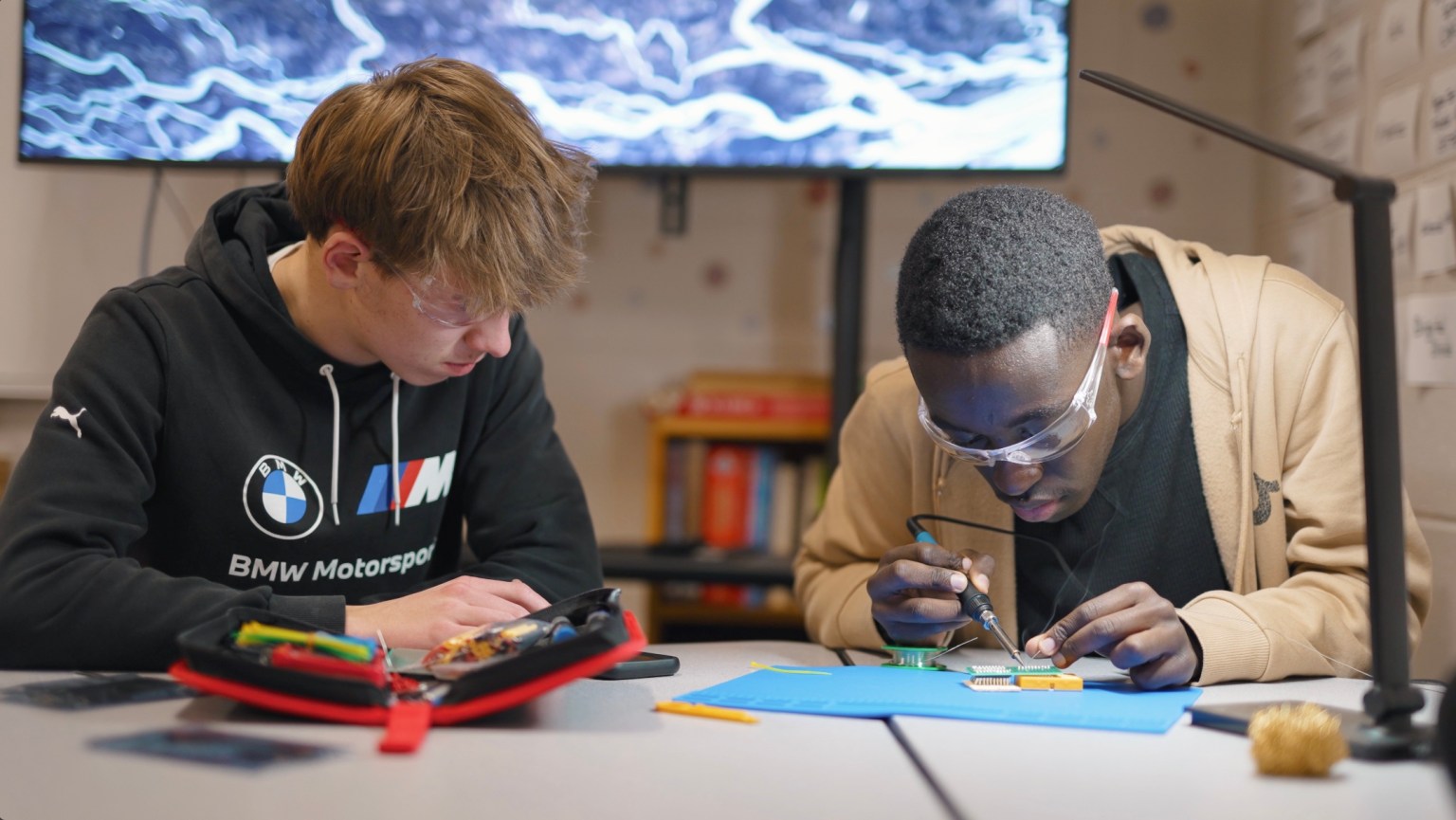
2024–2025 TechRise Flight Test
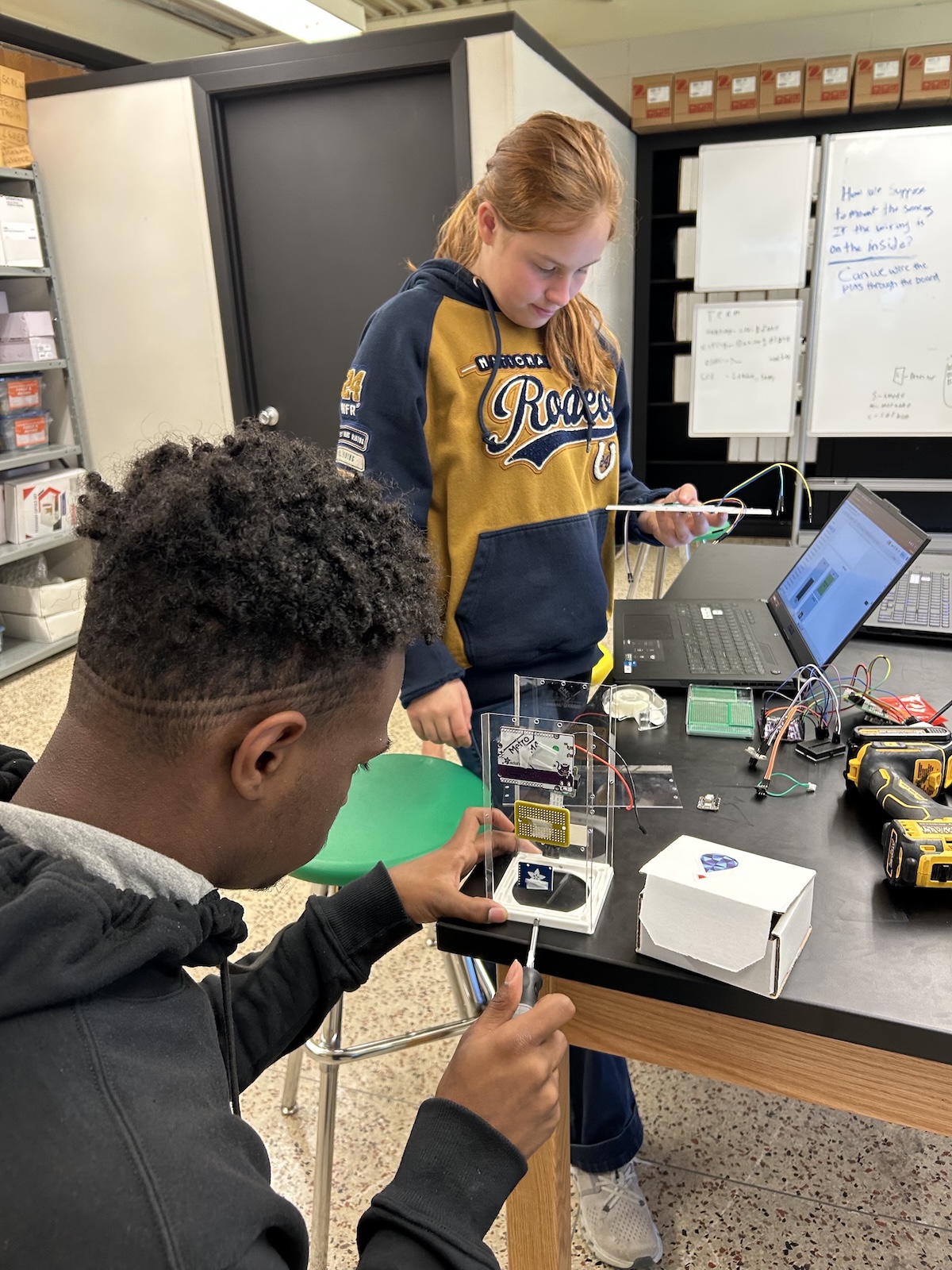
NASA TechRise Student Challenge team members from DeRidder
Junior High School in DeRidder, Louisiana work together to mount their
components to the flight box. Credits: Jane Buxton (DeRidder Junior High)On June 16, students from 60 middle and high schools watched their experiments launch aboard a high-altitude balloon as part of the fourth TechRise Student Challenge. The high-altitude balloon operated by Tucson-based World View launched at 8:37 a.m. ET from Page, Arizona. Student projects flew for approximately 5.5 hours in the stratosphere at over 70,000 feet with exposure to Earth’s upper atmosphere, high-altitude radiation, and views of Earth. At that altitude, these student payloads experienced the stratosphere’s unique thermal and atmospheric environment — providing conditions that ground-based testing cannot replicate. The high-altitude balloon also allowed payloads to observe the surface below them and collect data on land features such as vegetation and bodies of water.
Student experiments addressed a wide variety of challenges. For example, the team from Gorham High School in Maine investigated cost-effective space suit insulation. The students performed atmospheric-related tests on various materials commonly found in space suits, including mylar and carbon felt, to find a more affordable yet safe solution for future space travel.
Students from DeRidder Junior High School in Louisiana developed a payload to sense thermal signatures, which has a multitude of uses. For example, for agricultural-based communities like their own, understanding the relationship between thermal loads and crop yields could help optimize the spacing of plants. Learning how to grow crops at lower atmospheric pressures and in colder temperatures may also inform how we will grow food on the Moon and Mars someday.
More About the TechRise Student Challenge
Managed by NASA’s Flight Opportunities program at the agency’s Armstrong Flight Research Center in Edwards, California, and administered by Future Engineers, the TechRise Student Challenge fosters the commercial space industry through use of commercial vehicles for flight tests, while also strengthening the space technology researcher community and enabling students around the country the chance to engage directly with professional engineers. TechRise is one of many NASA Prizes, Challenges, and Crowdsourcing efforts within NASA’s Space Technology Mission Directorate offering opportunities for the public to contribute to America’s space program.














